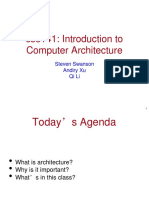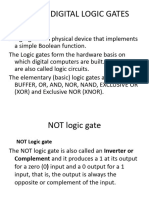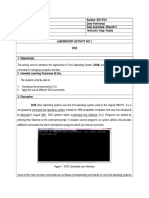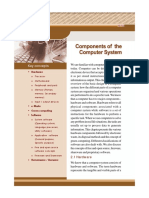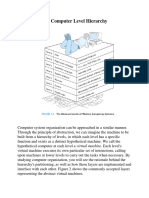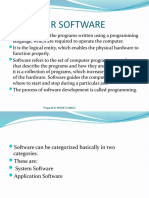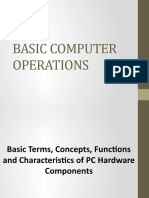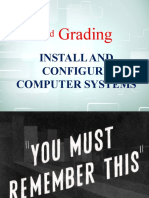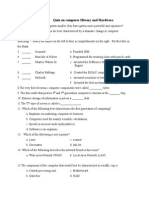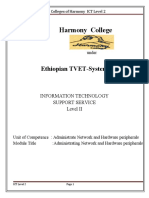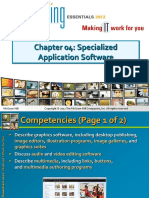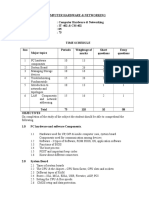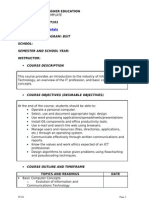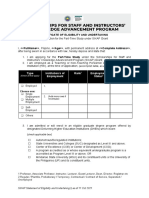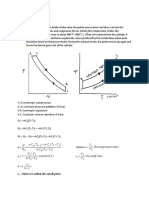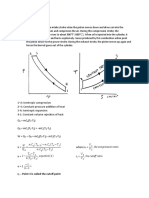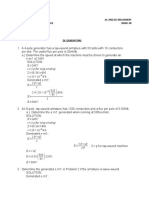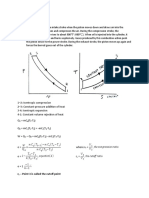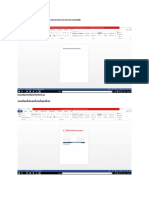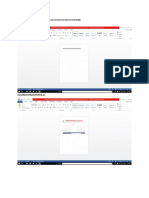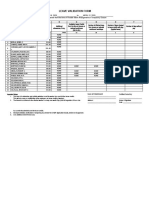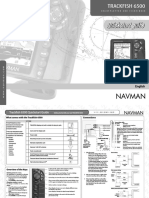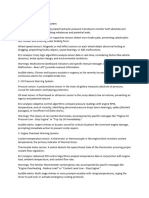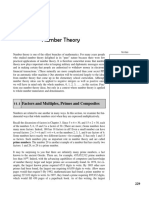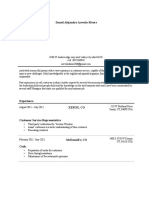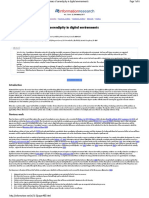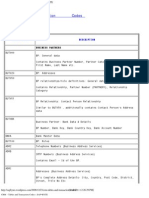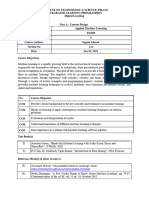0% found this document useful (0 votes)
89 views34 pagesComputer Fundamentals: Topic 1-Pc Hardware, PC Case and PC Suppy
The document provides a timeline and overview of the history and components of personal computers. It discusses the evolution of PC hardware from early microprocessors in the 1970s to modern devices. Key developments include the Apple II (1977), IBM PC (1981), and devices incorporating graphical user interfaces in the 1980s. The timeline continues into the 2000s with advancements such as multi-core processors and touchscreen technology. The document also outlines the basic components of a PC including the motherboard, processor, memory, storage devices, ports, and case components.
Uploaded by
Jethro Briza GaneloCopyright
© © All Rights Reserved
We take content rights seriously. If you suspect this is your content, claim it here.
Available Formats
Download as PPTX, PDF, TXT or read online on Scribd
0% found this document useful (0 votes)
89 views34 pagesComputer Fundamentals: Topic 1-Pc Hardware, PC Case and PC Suppy
The document provides a timeline and overview of the history and components of personal computers. It discusses the evolution of PC hardware from early microprocessors in the 1970s to modern devices. Key developments include the Apple II (1977), IBM PC (1981), and devices incorporating graphical user interfaces in the 1980s. The timeline continues into the 2000s with advancements such as multi-core processors and touchscreen technology. The document also outlines the basic components of a PC including the motherboard, processor, memory, storage devices, ports, and case components.
Uploaded by
Jethro Briza GaneloCopyright
© © All Rights Reserved
We take content rights seriously. If you suspect this is your content, claim it here.
Available Formats
Download as PPTX, PDF, TXT or read online on Scribd
/ 34

